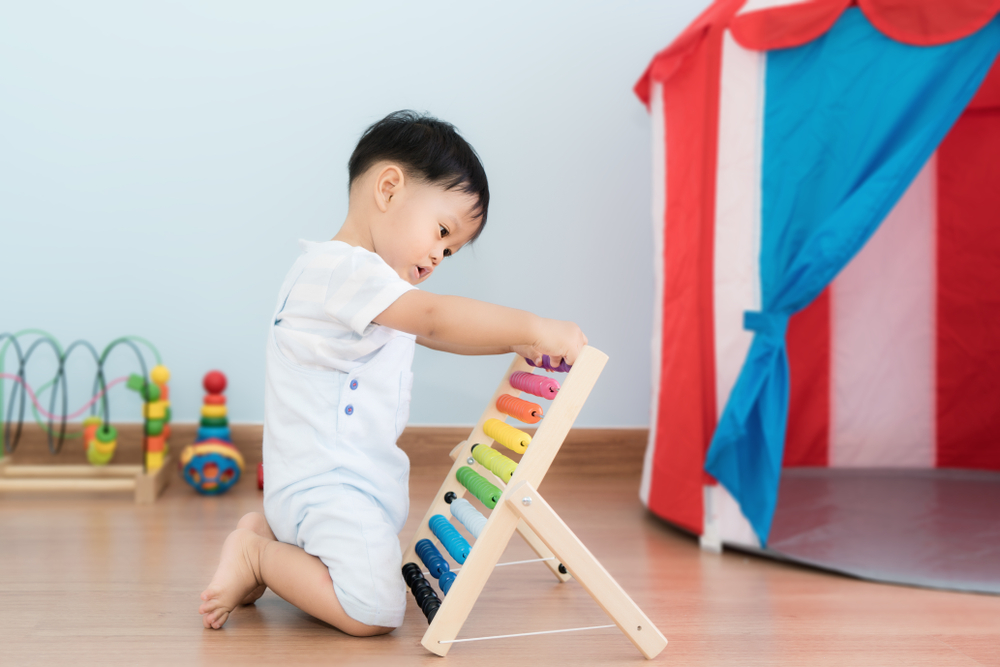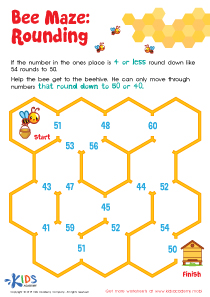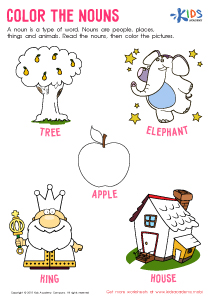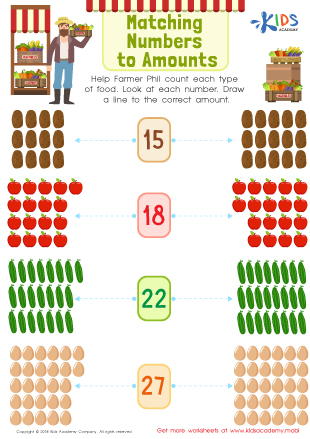Understanding patterns Numbers 0–10 Worksheets for Ages 4-6
3 filtered results
-
From - To
Introduce your little ones to the exciting world of patterns with our "Understanding Patterns Numbers 0–10" worksheets, designed for kids ages 4-6. These engaging worksheets help children recognize, predict, and create sequences using numbers from 0 to 10. By working through a variety of fun activities and colorful illustrations, young learners will develop critical thinking and problem-solving skills that lay a strong foundation for future math success. Perfect for at-home learning or classroom use, these worksheets encourage curiosity and build confidence in early numeracy skills. Explore patterns effortlessly with these expertly crafted resources!
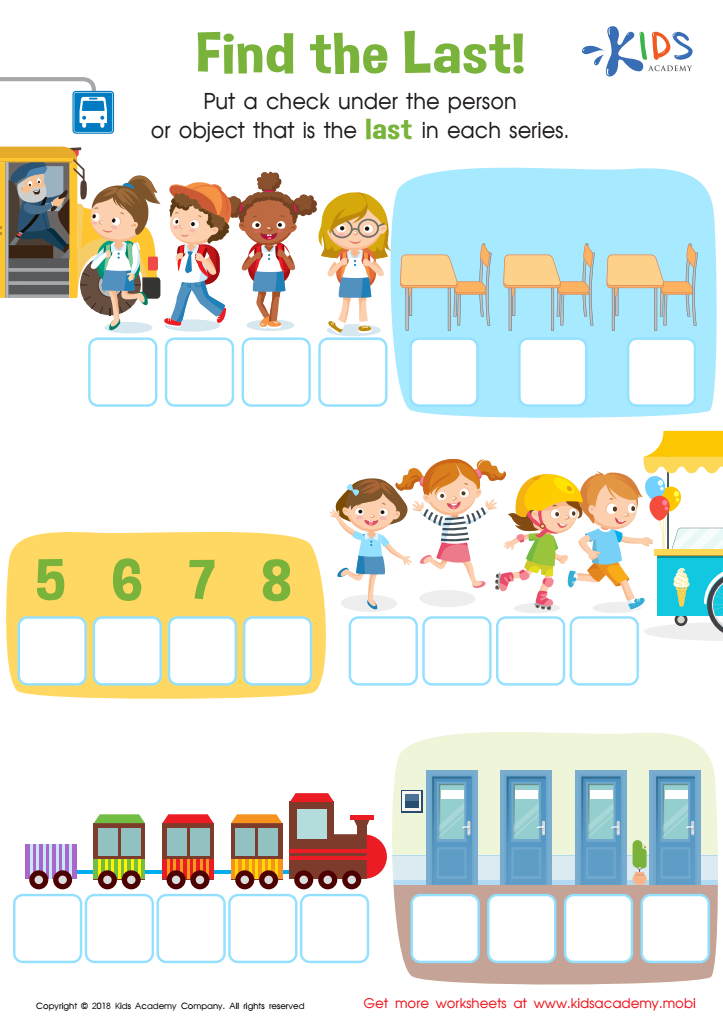

Find the Last! Worksheet
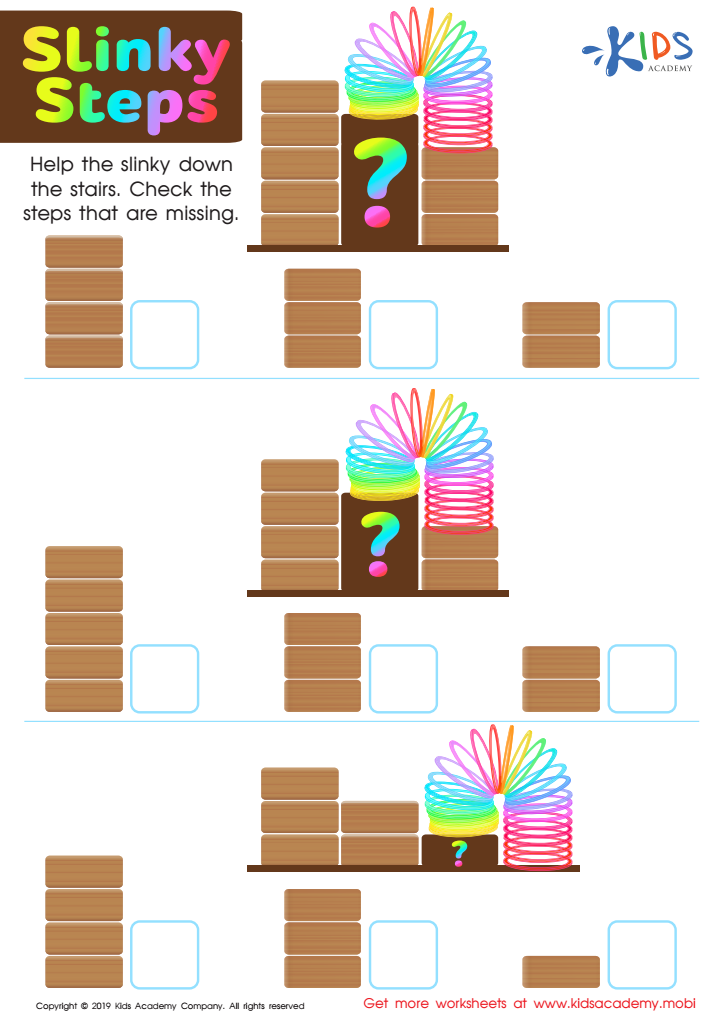

Slinky Steps Worksheet
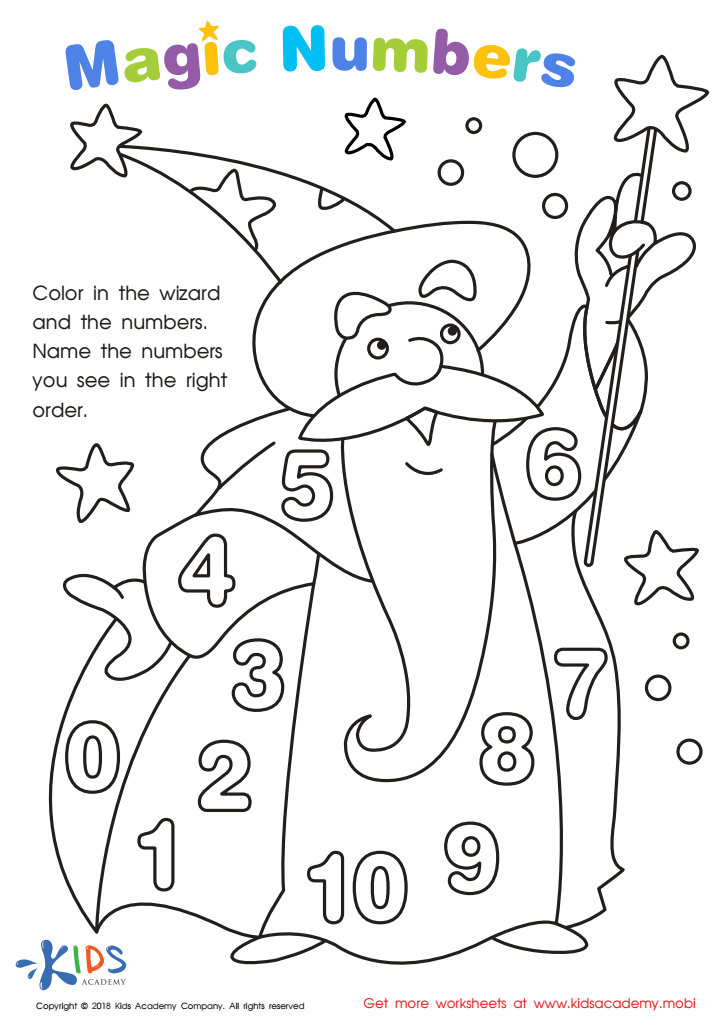

Magic Numbers Worksheet
Understanding number patterns from 0 to 10 is fundamental for young children, ages 4-6, as it lays the groundwork for their future mathematical learning. At this developmental stage, children are naturally curious and their brains are highly receptive to recognizing and understanding patterns, which is essential for cognitive development.
First and foremost, grasping number patterns helps children develop strong number sense. This foundational skill enables them to understand relationships between numbers and enhances their ability to perform basic arithmetic operations like addition and subtraction. Recognizing patterns also aids in predicting sequences, which is a crucial component of logical thinking and problem-solving skills.
Engaging with number patterns boosts children's confidence with numbers and helps them see mathematics as an accessible and enjoyable subject. Teachers and parents can use hands-on activities, like counting objects, using number blocks, or participating in simple number games, to make learning these patterns fun and interactive.
Furthermore, early number pattern recognition is linked to better performance in higher-level math. It fosters critical thinking abilities and prepares children for more complex mathematical concepts they will encounter later on. Therefore, parents and teachers should prioritize understanding number patterns to support a child’s incremental and cumulative learning journey in mathematics.
 Assign to My Students
Assign to My Students




